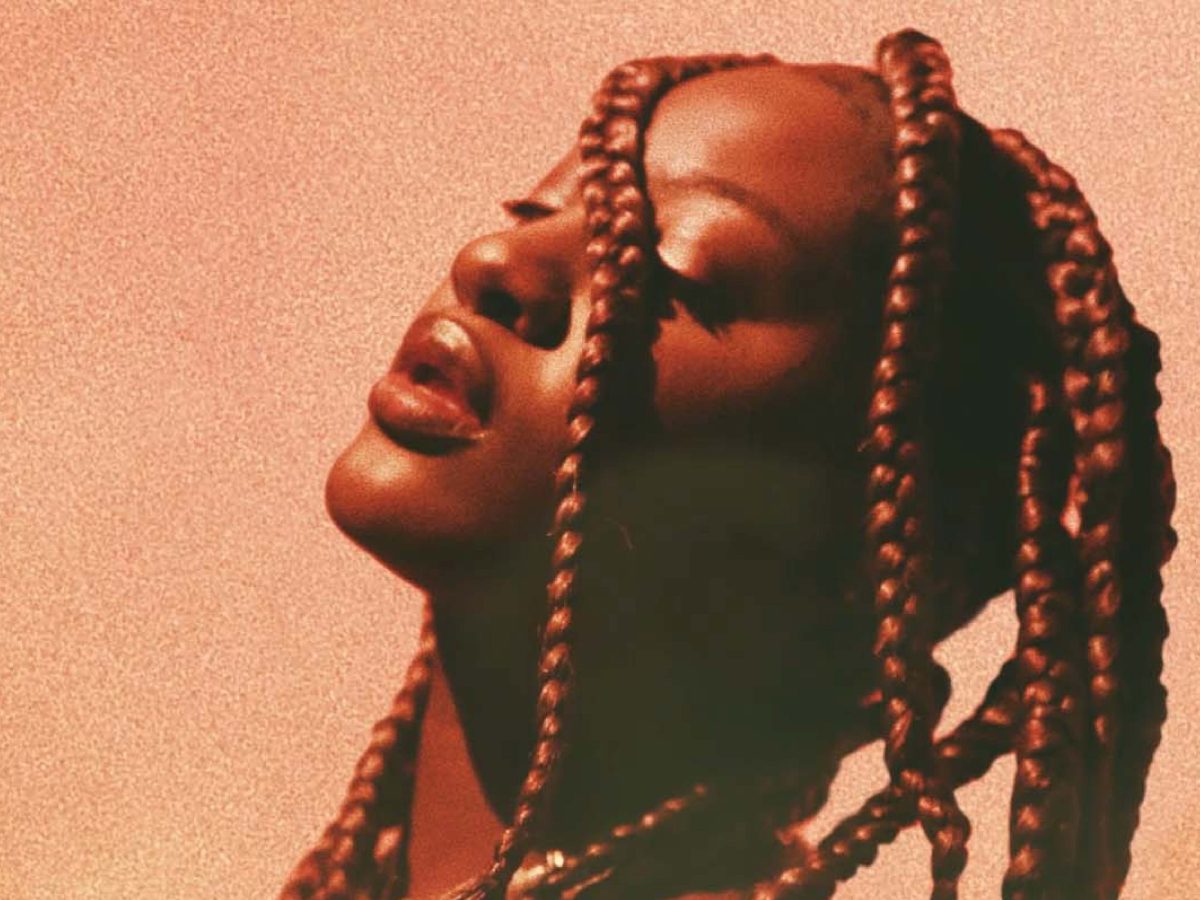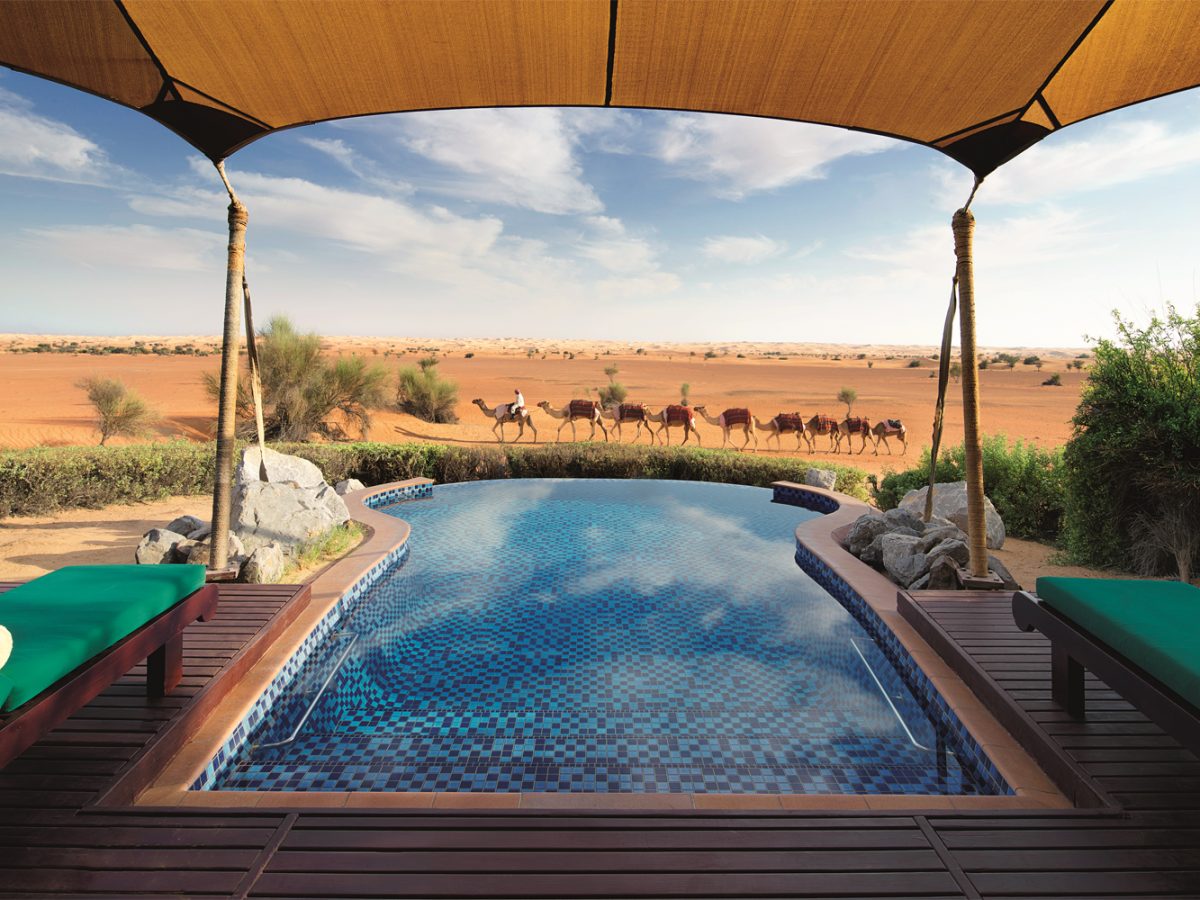Most filmmakers who’d take on the true-life story of arrogant frontier guide Stephen Meek and the immigrant settlers who accompanied him on his ill-fated 1845 journey would go the rock ’em sock ’em Western route. In the able hands of Kelly Reichardt (Old Joy), the tall tale is turned into a tone poem. Time Out talked with the filmmaker in New York.
You and screenwriter Jon Raymond came across this story while you were researching Wendy and Lucy, right?
Jon had this weird job where he was hired to name things in this housing development that was in the middle of the desert. He stumbled across the story of Stephen Meek and these immigrants while he was researching that. I don’t think his bosses were crazy about ‘Meek’s Golf Course’ [Laughs] but we got a film out of it. The more we found out about this expedition, the more relevant this story seemed. You could project things on to it…
… and people certainly have projected political readings on to it, wouldn’t you say?
That’s putting it mildly. [Laughs] I do think I was drawn to the story because I’d delve deeper and deeper into the history of this expedition, the details of this incident and who Meek was – and I kept thinking, my God, this whole thing rings so true to this moment. It’s funny, when I finally started showing a rough cut to friends, some said, ‘Bush!’ Others thought it was about Obama, leading folks into the desert of Afghanistan! And it’s like, great, but that wasn’t going on when I started making this movie, so… [Laughs] In terms of a leader guiding a group of people into the wilderness without a plan, it’s easy to read into it. You could say the same thing about the notions of gender, race and cultural xenophobia in this story as well; it’s very open to interpretation regarding the here and now. But I honestly didn’t set out to make an allegory. It’s really the story of these pioneers – the Tetherows, the Whites and the Gatelys – as much as it is Meek’s.
How did you prep the cast?
We had the actors do a week of what we called pioneer camp: fixing the wagons, learning how to start a fire without using matches, as well as how to cook bread in the ground. That helped them realise the tone I wanted: these are people performing these tasks, not archetypes.
Although Meek himself comes pretty close to being an archetype of frontier masculinity, wouldn’t you say? It’s not like he’s brandishing six-shooters, but…
No, I see what you’re saying, and I agree: he was an exception. I had Bruce Greenwood watch Elmer Gantry [1960] to get the right sense of bluster; you read Meek’s journals and even he presents himself as this pompous showman, which Burt Lancaster really captures. I think this was a rather nerve-racking role for Bruce; he later admitted that it was tough to find a balance between being true to who this guy was and not being so unlikable and cartoonish that the audience just thinks he’s a buffoon.
Also, once the production started, I tried to stay away from using the word Western, to keep certain expectations at bay. For example, the very first day of shooting, we’re on this salt flat and we’re setting up this long shot in which the film’s major decision is being made by the settlers: do we keep following this guy or not? Anybody would read the script and think: Okay, this is my big moment! When in reality, we’re filming this from very far away, the actor’s back is to the camera, and the focus instead is on that group of people listening over yonder. I feel like I could have prepared people better for stuff like that, but, y’know… I wanted them to show up! ‘Yes, you’re this virile man on a horse with your rope, but you’re not getting your heroic close-up…we’ll be shooting this donkey over here.’ [Laughs]
All of your films are preoccupied with getting lost and drifting… what is it about that subject that you keep gravitating back to?
[Pause] Wow, they are, aren’t they? I’m honestly not sure what that’s about. But I hope I find out so I can stop making movies about it!









